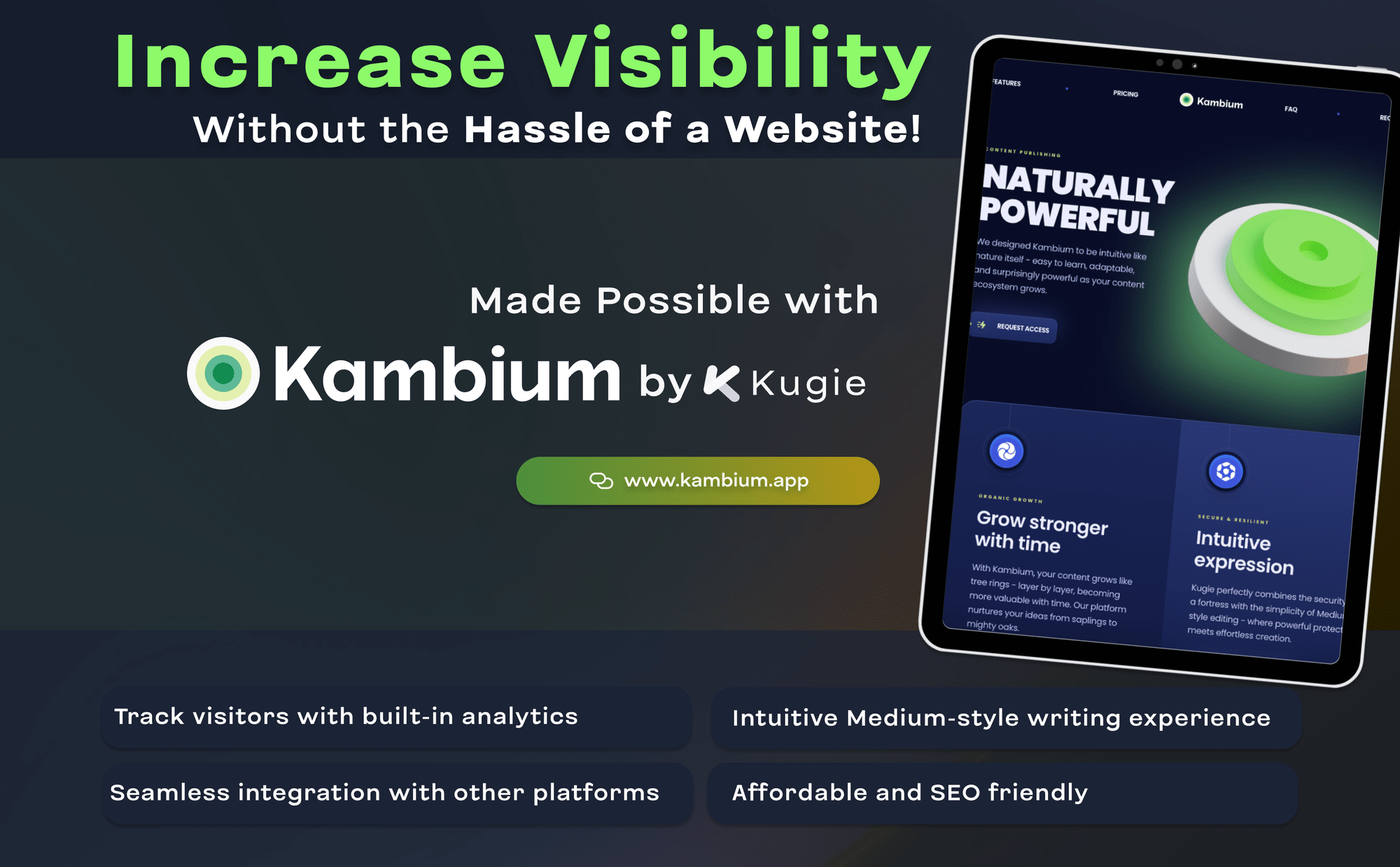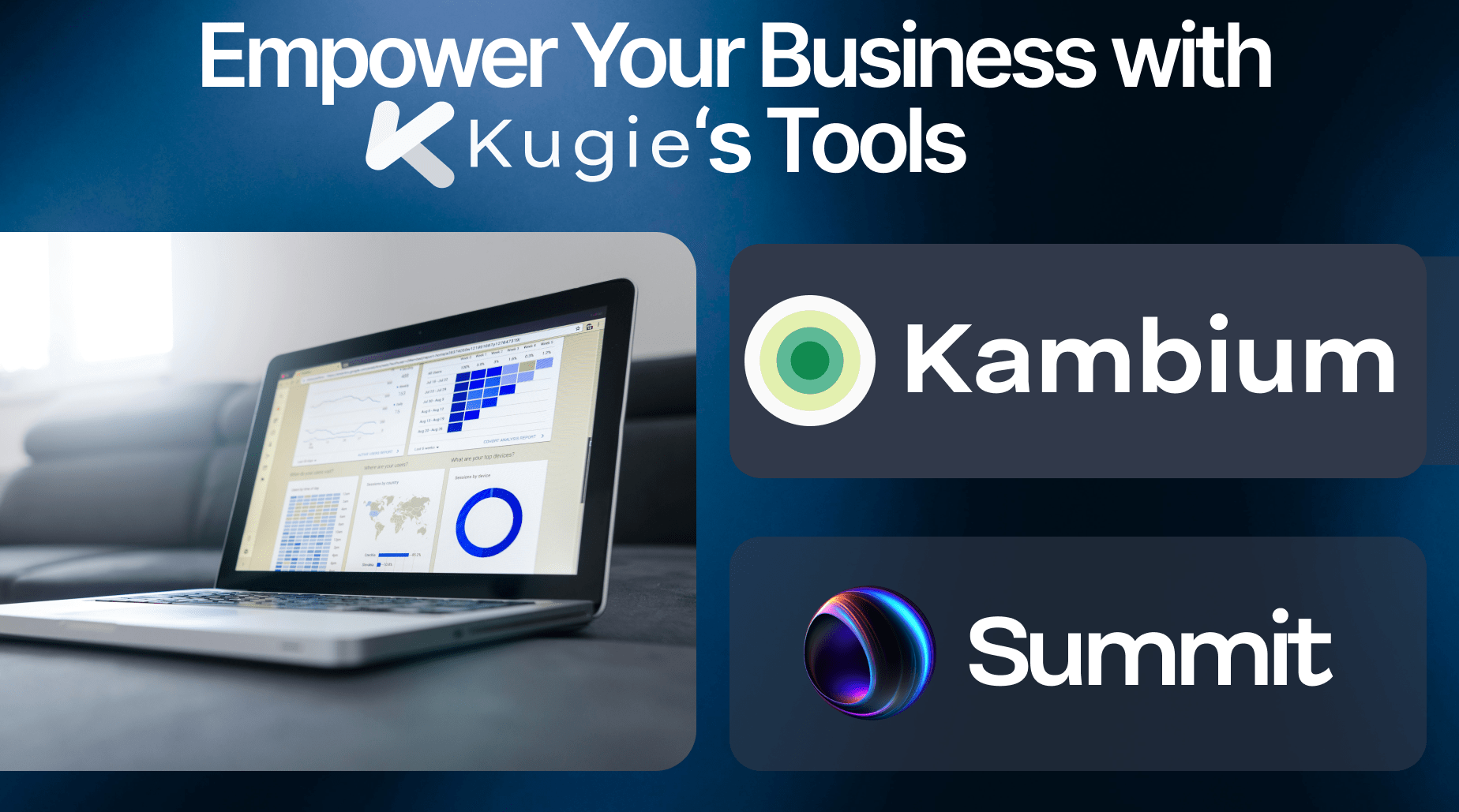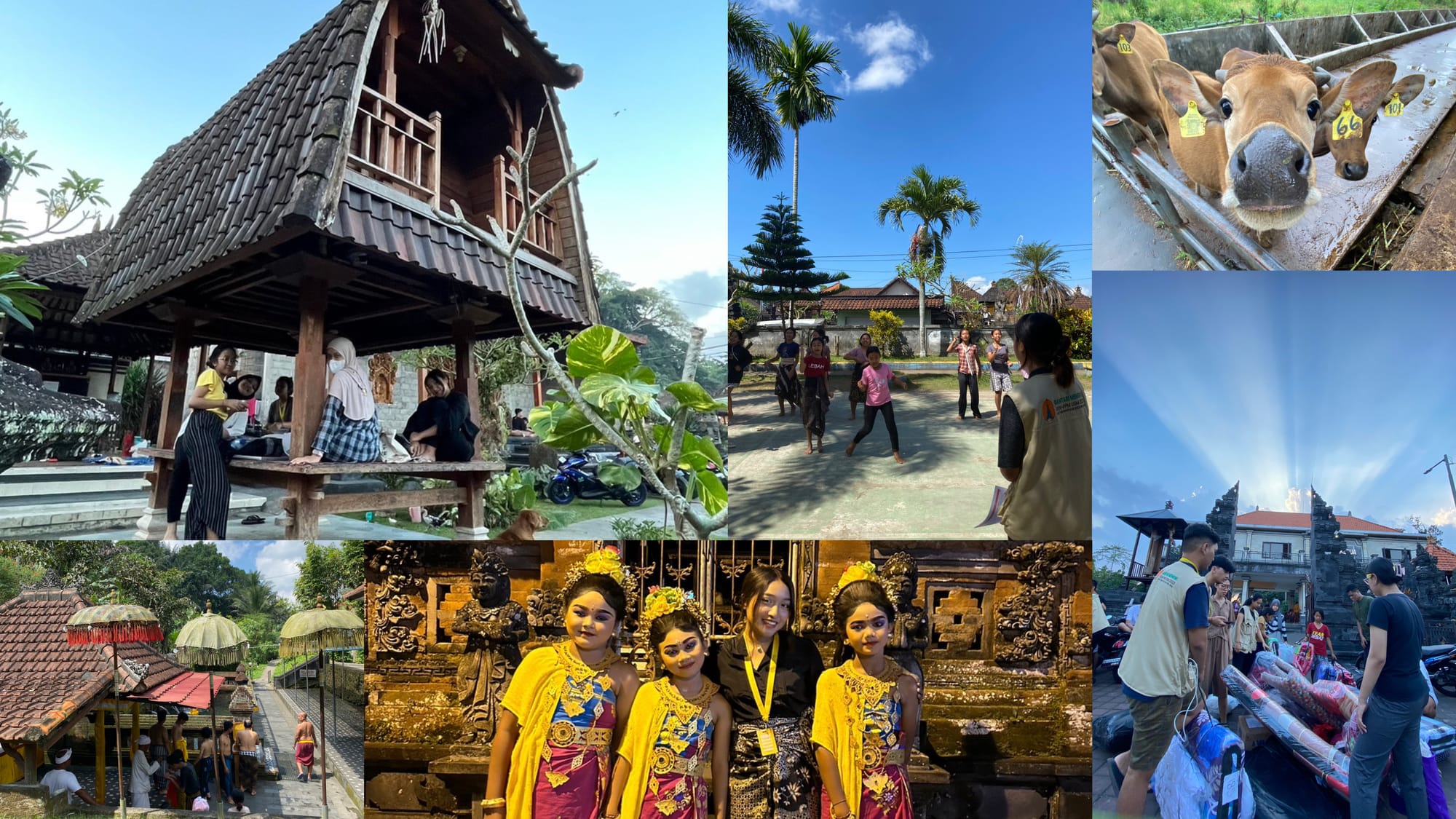How Brands Create ‘Cult Followings’(and Why We Love It)
Have you caught the craze of the Stanley cups? I’ve seen viral videos of people lining up before sunrise outside Target, all for the 2024…

Have you caught the craze of the Stanley cups? I’ve seen viral videos of people lining up before sunrise outside Target, all for the 2024 Target x Stanley Valentine’s Day Edition. The coveted cup sold out in under four minutes. Shoppers formed mile-long queues before stores even opened, scrambling to grab one. This phenomenon often happens during Stanley’s collaboration launches ; Starbucks, Wicked, Elf, etc. In some cases, tensions boiled over — people threw tantrums in the aisles, all for a water bottle.
But let’s be real: Stanley isn’t just a water bottle anymore.
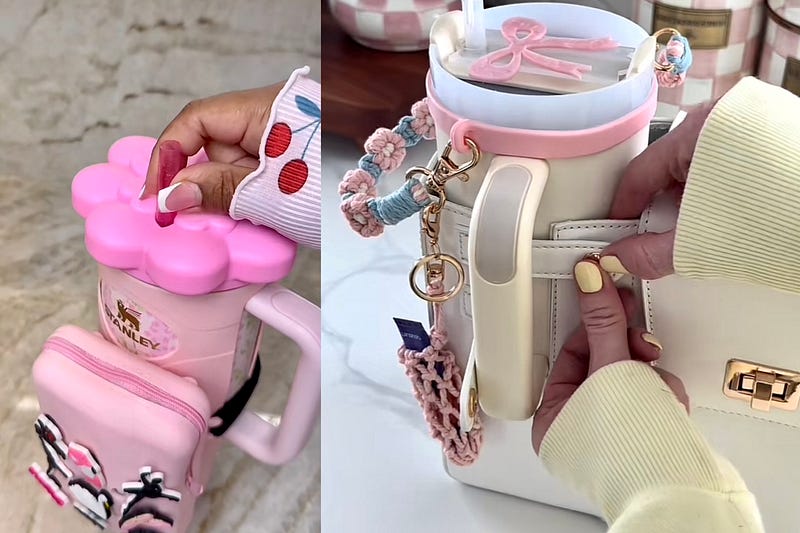
On TikTok, Stanley collectors take things to another level by customizing and accessorizing their tumblers like dolls. People dress up their cups with custom nameplates, matching snack trays, phone holders, and leak-stopper kits. I’ve even seen people laminate the brand’s wrapping to preserve its condition. This hysteria is age-universal, in middle schools, you are not deemed cool if your tumbler isn’t a 40oz quencher Stanley. This viral product drove Stanley’s annual sales from $70 million in 2019 to $750 million in 2023.
Stanley isn’t the only brand with a cult-like fanbase. Another prime example? Erewhon, the upscale grocery store where wellness meets Hollywood excess.

If your social media feed is similar to mine, chances are you’ve seen your favorite celebrities cruising the aisle or on a $20 smoothie. Celebrity chefs run in and out of the doors of Erewhon to buy groceries for their high-profile clientele. Now, let’s talk prices. You might spend more than $1000 on your trip to Erewhon, but your cart might not even be full. From “hyper-oxygenated” drinking water for $25.99, a pack of cut-up pineapples for $32, to a $39.99 sea moss. You might think the prices at Erewhon is gonna deter customers, but it’s actually doing the opposite.
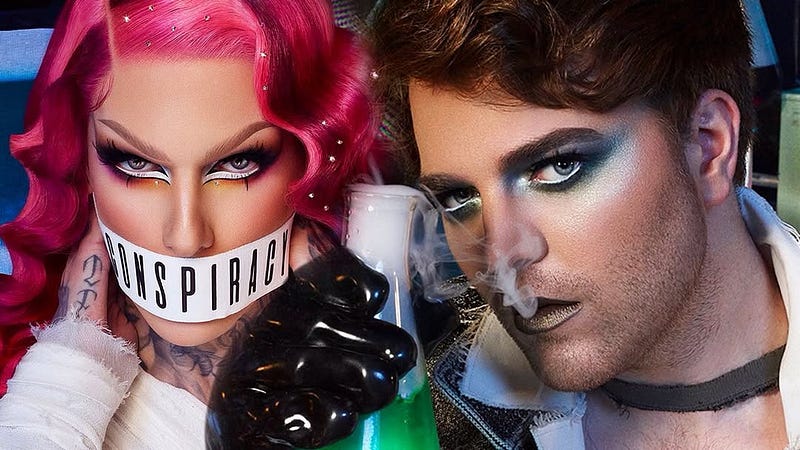
We’ve seen this type of craze over a brand and its products in the beauty industry as well. Let’s cast our minds back to 2019. If you’re around during the peak of beauty gurus era on YouTube, I’m sure you remember the Jeffree Star X Shane Dawson collaboration that shook the internet. Everybody and their mothers were willing to do anything to get their hands on it. Based on the last episode of the series, the numbers were just as insane:
- 2.5 million users trying to check out within an hour,
- Selling out a million eyeshadow palettes within a few hours
- Grossing $35 million in revenue.
“Why all the commotion? It’s just makeup.” you might think. Well, you and I both. Based on my humble opinion, here’s why I think these brands have managed to gather such big cult followings :
Sharing a Cultural Moment
The launch of Shane Dawson X Jeffree Star Collection was heavily documented in Shane Dawson’s multi-part YouTube series, “The Beautiful World of Jeffree Star”, offering fans an inside scoop at the beauty industry. It wouldn’t be Jeffree Star if it’s not embellished with a bit of drama. Jeffree revealed how much money top beauty influencers make, exposing the millions they earn from brand deals. They even broke down the economics of beauty, including how profit margins worked in the industry. For example, Jeffree Star explained that the cost to produce an eyeshadow palette could be around $20 per unit, but the retail price is often $50+. During this time, there were a lot of drama surrounding the beauty community and companies. Therefore, this series was almost like an act of rebellion.
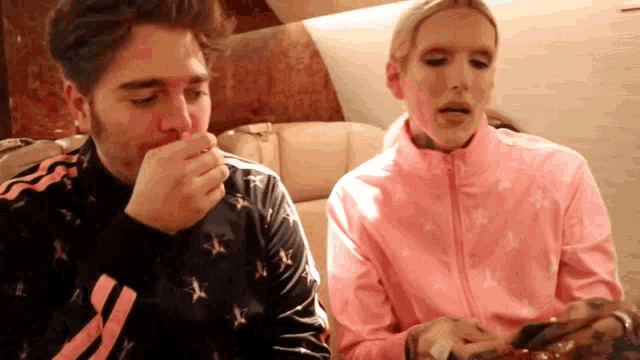
Shane, known for his storytelling and investigative content, combined forces with Jeffree, a beauty guru with a large following. The collaboration bridged two internet subcultures : beauty and documentary YouTube. It brings together audiences that may not have otherwise intersected. As viewers, it was a collaboration we didn’t know we needed. By the time the collection dropped, customers felt personally invested, as if they had been part of the journey from concept to completion. It blurred the lines between entertainment, consumerism, and content creation. It was about being part of something bigger, something exclusive. Customers weren’t just buying a product, they were buying into a sense of belonging and a movement.
Selling More than Just a Product
When Investor Tony Antuci decided to tap into the grocery market and bought the last standing Erewhon store from it’s previous owner, it builds on the philosophy of the original founders — Japanese immigrants, Michio and Aveline Kushi. The original founders were both strong believers in macrobiotic diet. The name Erewhon is also a title to a novel by Samuel Butler that also serves as an anagram to Nowhere. It depicts a utopia in which individuals are responsible for their own health and prosecuted for the crime of being ill. As mentioned on their website :
“We believe that nutrition is the key to a radiant lifestyle. Through our markets, we endeavor to provide exceptional organic products that inspire good decision-making and healthier communities.”
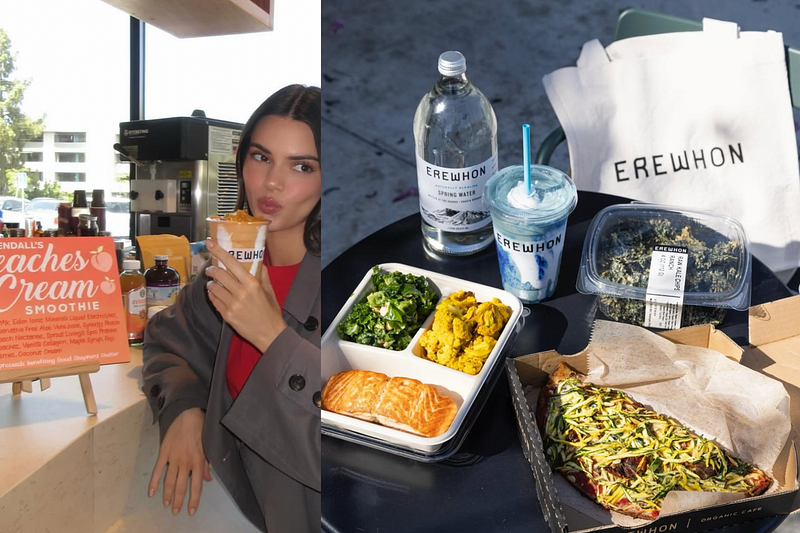
Erewhon moves on the idea of wellness and health. The carefully curated selection of healthy, often Instagram-worthy products like charcoal lattes, adaptogen smoothies, and plant-based snacks are not just about eating well, but about living well in style. Every product seems to tell a story of clean living, health, and luxury, catering to the dietary desires of the wellness-obsessed and trendsetters alike. The store itself is designed to be an aesthetic playground, where the perfectly arranged Scandinavian-style shelves and color-coded displays are practically begging to be shared on social media.
This is the secret sauce of cult brands. These brands sell beyond their products. They sell a lifestyle and a belief system. Erewhon’s exclusivity, wellness-forward branding, and A-list clientele have made it a cultural landmark. People don’t just go for the groceries ; they go for the experience, the status, and the content. Whether it’s trying the latest wellness craze, scouting the hot bar for trendy new meals, or just being seen shopping there — Erewhon is a way of life. It’s clear that for many, shopping there is just as much about making a statement as it is about what ends up in your cart.
Leveraging Scarcity & Hype Culture
Scarcity marketing is a psychological tactic that makes consumers want a product even more when they believe it’s rare or hard to get. Stanley knows exactly how to stoke anticipation, often releasing new colors, designs, or collaborations in limited runs that quickly sell out, further feeding the hype machine.
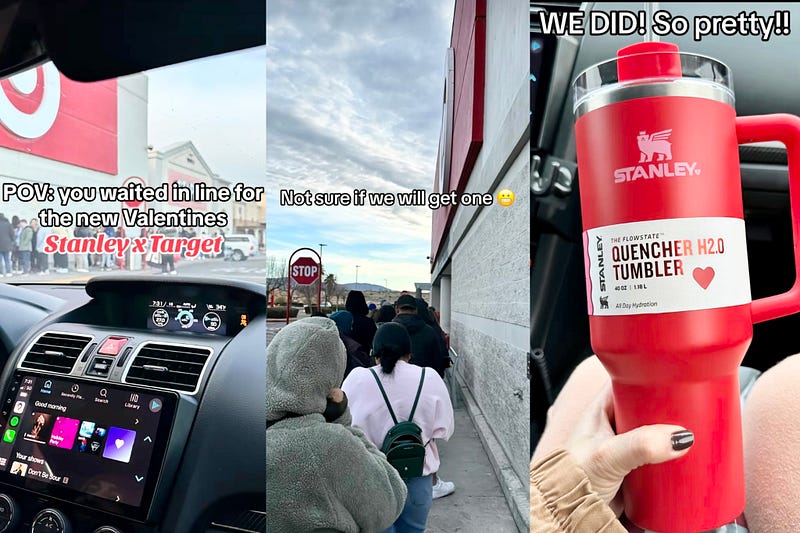
For the Stanley X Target Valentine’s day collaboration, or for most Stanley collaborations, the products were labeled as a limited-edition collection and were dropped exclusively at Target. You could only buy two cups maximum per person. Employees went the extra mile (or played along with the chaos) by hiding the cups deep in shelves, turning the shopping experience into a high-stakes scavenger hunt. Stanley’s ability to create this sense of urgency and exclusivity, paired with the power of social media, ensured that every item from the collaboration wasn’t just a purchase — it was a coveted prize. The result? A growing community of Stanley enthusiasts who are now conditioned to expect the next drop with bated breath, ready to jump in on the next round of hype.
All in all, the key for these brands is a pair of emotional investment and strategic marketing. The psychology behind this taps into the innate human desire for belonging, status, and the thrill of exclusivity, transforming products into prized possessions. Therefore, that’s why, time and time again, we see people willing to line up at dawn or empty their bank accounts just to be a part of the story.
So, have you ever found yourself swept up in the frenzy of a limited-edition drop? Is there a brand that immediately comes to mind when you think of a cult following?
Would love to know your experiences and let’s talk about what makes these cult brands so irresistible!
This site is powered by Kambium, the product of Kugie App.
